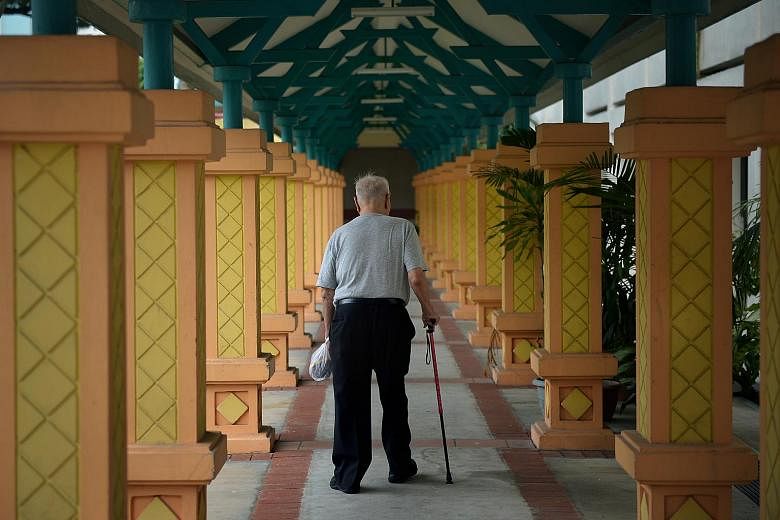Singapore is seeing rising numbers of people in their 90s and even 100s. And this "oldest-old" group is expected to increase in the coming years.
This could pose a heavy burden on society if it is not properly managed. Even if they work till 65, it still means about 35 to 40 years of life to be paid for either from savings, by their children, or by society.
The burden is even heavier if they require significant medical care, or even just full-time care.
So what long-term alternatives does an enlightened society have in meeting the needs of this group, without putting an unfair strain on the rest of the population?
Just taxing the working population to pay for decades of care for seniors is not a tenable solution, for the growing burden of more seniors supported by a shrinking number of working-age adults would crush the nation.
What we need to do is to find ways for people to take care of themselves, even if they live to be centenarians. One obvious answer is for them to stay in good health for as long as possible, as this means both enjoyable senior years for themselves, and less need for high medical expenditure or full-time caregivers.
The other is for them to have enough money for their needs. This can come from very high savings during their working years - if we work 40 years and need to support ourselves for 40 years, we would need to save roughly half the monthly salary. How many are willing to put aside half their wages?
Or the money can come from all working longer years. Many countries are trying to encourage this and it is particularly relevant to Singapore, which is trying to reduce its dependence on foreign labour.
This approach will need buy-in from the population - not just the young accepting older colleagues, but the seniors themselves accepting that, at 65 or 75 years, they are really not that old.
They still have decades more of life ahead of them.


